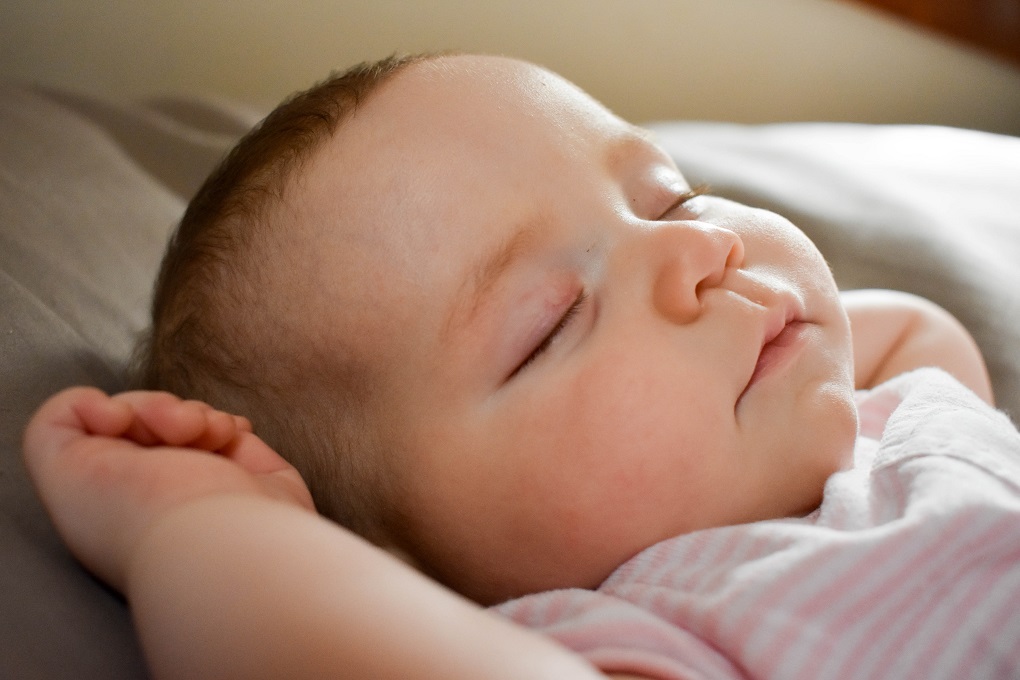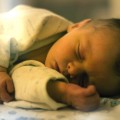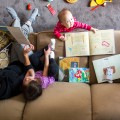Unborn babies can hear you loud and clear. Starting from around 24 weeks of pregnancy, babies can hear the sounds of their environment. They can hear their mommies talking. They can hear their mommy’s pulse. They can also heart their mother’s heartbeat. Those different sounds mix together to a backdrop of ambient sound like white noise.
It’s no wonder babies fall asleep so soundly when their moms, or anyone else for that matter, hold them snug on their chests. The sound of your heartbeat is like a lullaby to them.
Unfortunately, not all parents have the luxury of cuddling their babies to sleep. Some have to resort to playing heartbeat sounds on a speaker to help lull their precious to sleep. Others choose to play white noise using a white noise machine. But some parents have voiced their concerns about playing white noise for babies. Are their worries warranted?

The Disadvantages of White Noise for Babies
It turns out there are some major downsides to playing white noise for your babies. Let’s talk about them more.
It may be too loud
The noise level of an average home rarely exceeds 50 decibels – a level that’s comfortable and safe for babies. White noise machines, however, can produce noise much louder than 50 decibels. Some can even produce more than 85 decibels. That’s like placing the nursery next to a busy road.
Dependency
Many adults still require white noise to help them fall asleep. They let the AC or fan on just they can drown other noises that keep them awake. When they’re sleeping over at a friend’s place and their friends require total silence to sleep, those white noise-dependent adults just stay awake all night like zombies.
Babies can show such dependency too. It can be a real headache when you’re on vacation and you have to leave the white noise machine at home. Your baby will be cranky all night. Just say goodbye to your vacation plans then.
“So, can I still use white noise to help my baby sleep?”
Well, of course, you can. Just make sure it’s not too loud. Just get an app to measure decibel levels and make sure the noise level is no more than 50 decibels.
You should also experiment with different kinds of white noise so your baby isn’t dependent on a single type of sound. For example, use the sounds of the wave, rain, and other natural sounds instead of just the same old static.
Also, try your best to take a break from playing white noise once in a while. Soothe your baby using other methods like singing a lullaby. Treat playing white noise as a temporary solution so your baby can sleep soundly whenever and where ever.




